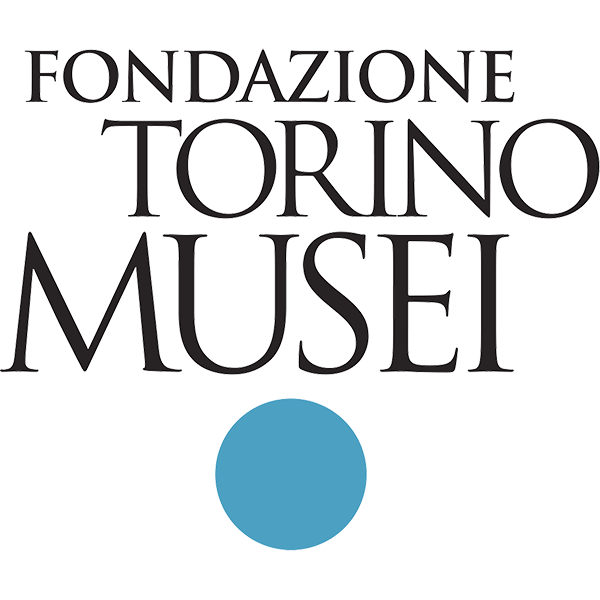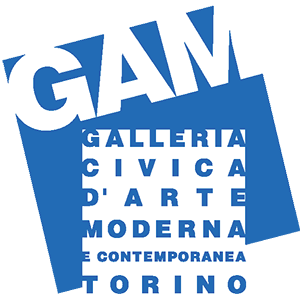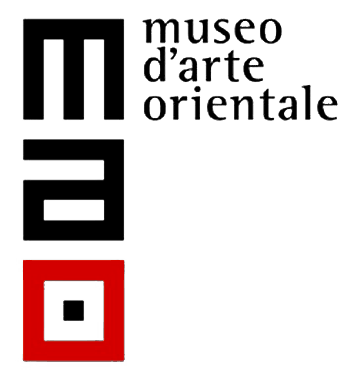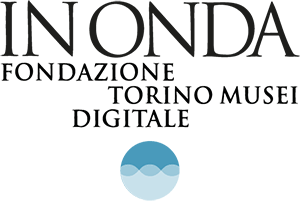Alighiero Boetti
- Exhibition
- 22 October 2020 - 12 September 2021

curated by Elena Volpato
VideotecaGAM Via Magenta, 31 Torino
Free admission
GAM Turin is pleased to present an exhibition dedicated to Alighiero Boetti (1940-1994), the third appointment in the series organized by VideotecaGAM in collaboration with the Archivio Storico of the Venice Biennale.
Finding parallels between a video monitor and a mirror was one of the first attempts to recognize the artistic quality of video making. After the nineteenth-century literary Doppelgänger and the disturbing oneiric states of Surrealism, short-circuit images reintroduced the theme of the double in the artist studio, splitting the temporality of the work of art between the present and its instantaneous reproduction. In front of the camera the artist performs and sees one’s performance, becoming at the same time spectator and part of a split pair.
When Gerry Schum prompted Alighiero Boetti to make a video, the artist had already completed the photographic piece Gemelli (1968), and the theme of the double, since then pivotal in his work, was embodied in the sixteenth letter added to his signature, between name and family name: “Alighiero e [and] Boetti”. That addition defined an identity to the second degree and signalled a surprising departure from a merely conceptual tautology. The syntactic symmetry of the sentence “I am I” harboured also the meaning “I am another”. It was a slight shift, almost a linguistic pun; nonetheless, Boetti’s spirit and ingenuity reasserted itself in the inevitable doubling of identity whenever it states itself.
In the first video in the exhibition, Senza Titolo [Untitled] from 1970, included in Gerry Schum’s Identification collection, Boetti chooses to turn his back to the eye of the camera, and, by doing so, morphs his body into a black vertical sign against a white backdrop, symmetrically placed at the exact center of the frame. His hands start writing at the same time the days of the week, to his left and right, from Thursday on, up to the point his stretched arms can reach. Through this gesture the artist becomes the axis of a space unfolding in time through a sequence of letters, days, and the seconds recorded on video.
With that action Boetti interlaces the two main features of his video language and, more generally, of his work, i.e. temporality and the theme of the double. In the same period he took a picture of himself from above, Due mani e una matita [Two hands and a pencil]. In it he holds a pencil while touching with his stretched arms the white sheet, as the apex of a triangle from which the world comes into being, while unfurling endlessly.
Many of his following works would typically feature two reproductions of that image, one placed at the top and one at the bottom, facing each other, as if to enclose the imaginary space of the sheet of paper and the canvas, encompassing all aspects of reality. Infinity unfurls between his two hands; the comprehensiveness of his thought-becoming-gesture, however, does not address only the totality of the visible. It pertains sound as much as image, which is why Boetti never avoids intertwining words and images: when he affirms that his writing with his left hand is tantamount to drawing he makes a work of visual art.
This is epitomized in one of his most renowned photo portraits, Strumento musicale [Musical Instrument], from 1970, made by Paolo Mussat Sartor and included in the exhibition. The artist’s hands rest on the two symmetrical handles of a peculiar ambidextrous banjo creating an ideal acoustic navel at the centre of its round case and double bridge that we can imagine as the source of two symmetrical forms of music, two waves of sounds emerging from the abyss of time.
The video Ciò che sempre parla in silenzio è il corpo [What always speaks silently is the body], made by Boetti in 1974 and part of the collections of the Archivio Storico of the Venice Biennale, closes the exhibition with another take on the theme of the double. It is a counterpoint reflection, which was made five years after his first video by simply changing the statement written by the artist’s body. The opening mark is the same, except that the two arched traits of the letter G facing each other in “Giovedì” [Thursday] and touching in the middle now spell the letter C of “Ciò [What]. The words written with a pencil on the wall by means of the progressively stretched arms give voice to a body that remains silent at the centre, the origin of all and the matrix of all doublings:
“It is undeniable —Boetti writes— that a cell divides in two, then in four and so on; that we have two legs, arms, eyes and so on; that the mirror doubles the image; that man founded his whole experience on a series of binary models, including computers; that language proceeds by opposing couples of contrasting terms. […] It is evident that the concept of pairs is a fundamental archetype of our culture”.






